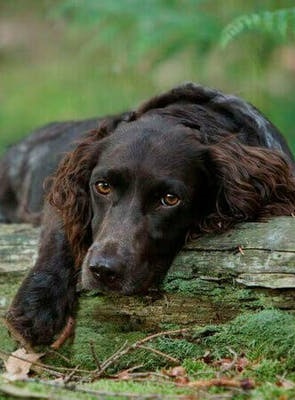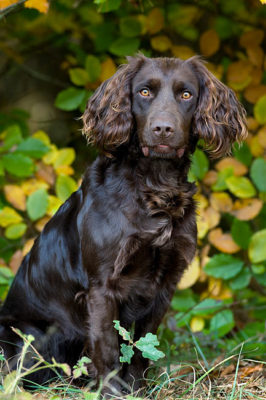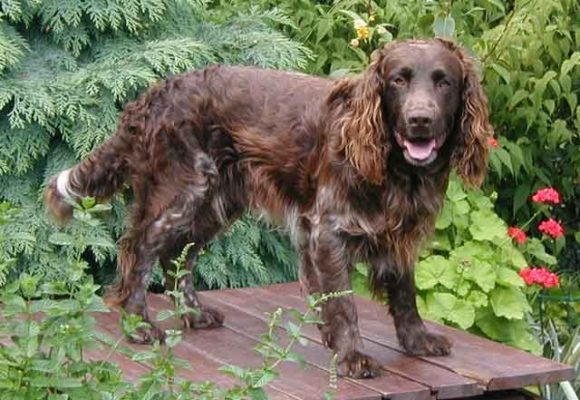German Spaniel

The temperament of the German Spaniel is reserved and friendly. It is not aggressive, which means it is not suitable as a guard for your home. By the way, it gets along well both in a spacious house and in an apartment. The Deutscher Wachtelhund is extremely trusting and cannot bear to be away from its owner for a long time. One of the peculiarities of Deutscher Wachtelhund’s character is its irresistible urge to work.
Table of Contents
Breed Information
| Another Name | Deutscher Wachtelhund, Deutscher Wachtel, German Quail Dog |
| Origin | Germany |
| Height | Males 48-54 cm Females 45-52 cm |
| Weight | 18-25 kg |
| Fur | Medium |
| Color | Monochrome brown, red, speckled with white tinges |
| Lifespan | 12-14 years |
| FCI Classification | Retrievers – Flushing Dogs – Water Dogs |
| Group | Hunting dogs |
| Price | From $300 |
Breed Photos
Origin History
Mentions about the quail dog (earlier Deutscher Wachtelhunds had such a name) in hunting literature date back to the XIII-XVII centuries. At that time, representatives of the breed were used for retrieving rather large games and catching quail and falcons. One theory is that German Wachtelhunds are descendants of Spanish hunting dogs and long-haired German dogs.
The breed owes its population to the simple forester Rudolf Friese. For many years he searched for German Spaniels in kennels and engaged in further breeding. Then there was an urgent need for a universal hunting dog, which would have a passion for hunting. Thanks to careful work on breeding new dogs and serious selection, the Deutscher Wachtelhund became the ideal helper for hunters. He worked equally well on the water and in dense thickets.
In Germany, official records of the Deutscher Wachtelhund breed have been kept since 1903. And recognition and standard of the Fédération Cynologique Internationale the breed received only in 1954. The Spaniel is gaining popularity in its homeland and Finland, Denmark, Sweden, Canada, France, and the USA. About 700 puppies of the breed are registered in Germany every year.
Appearance
The German Spaniel is a typical representative of the hunting spaniel. He has a strong build and a slightly stretched format. The body refers to the height at the withers as 1, 2:1. It looks very harmonious. The head is fully proportional to body size. The skull is moderately broad. The muzzle is wide on the back of the nose, slightly rounded from below. The zygomatic arches do not protrude.
The eyes are oval, small, usually dark in color. The ears are wide and floppy, set high. Strong neck. The back is straight and short. The ribs are well curved. The stomach is taut. The tail is of medium length, mobile, and in a quiet condition is kept at the topline level. The tail can rise above the back when excited. The limbs are straight, short, and well-muscled.
The German Spaniel’s coat is wavy and dense, medium-length with a thick undercoat. The body’s most covered areas are the back of the head, the ears, and the belly. The muzzle and head are short. Allowed colors: Monochrome brown, red, mottled with white undercoats. In any color, “tan” is possible only above the eyes, on the muzzle, under the tail, and on the limbs.
Character
The temperament of the German Spaniel is reserved and friendly. It is not aggressive, which means it is not suitable as a guard for your home. By the way, it gets along well both in a spacious house and in an apartment. The Deutscher Wachtelhund is extremely trusting and cannot bear to be away from its owner for a long time. One of the peculiarities of Deutscher Wachtelhund’s character is its irresistible urge to work. Without the implementation of its hunting qualities, the pet is sure to be bored.
When hunting, it is a brave helper who can act independently and chase the game to the end. Easily adapts to all situations and moods of the owner. He gets on well with children. What can not be said about other animals – here, you’ll need early socialization. Particularly confrontational German Spaniel does not show concern about other dogs. Small rodents or birds may be taken as prey; keep this in mind. Also, the German Spaniel needs long walks and active pastime.
Care
Regularly grooming your pet’s coat will keep it looking neat and tidy. Comb your pet’s hair every two days. It will also minimize grooming during the active shedding period. It is recommended to bathe the German Spaniel with a special shampoo every 2-3 months. Inspect the pet’s ears and eyes three times a week. Clean them several times a week to prevent inflammation. Be sure to wipe his ears dry to prevent excess moisture and dirt from accumulating there.
In winter, it is customary for the Deutscher Wachtelhund to cut a thick coat between its toes. It prevents ice and snow lumps from sticking to the coat and causing discomfort to the pet. Claws usually clip themselves on walks; if that is not enough, trim them monthly.
Training
Owners of German Spaniels note his good tendency to training and an excellent memory. Reaction to commands is also quite fast. However, the German Spaniel may be a bit stubborn if it does not get enough motivation to follow commands. Be persistent, and don’t forget treats for encouragement. Your pet will be happy and will rush to show good results.
Common Diseases
German Spaniels, in most cases, please their owners with good health, endurance, and good immunity. But there is still a risk of some diseases in the breed:
- dermatitis;
- ophthalmologic diseases (cataract, eyelid torpor or eversion, progressive retinal atrophy);
- allergic reactions;
- epilepsy;
- obesity;
- hypothyroidism;
- hip dysplasia.
Nutrition
The diet should always be based on the activity and physical activity of the pet. Unfortunately, Deutscher Wachtelhunds are prone to gaining excess weight. It is especially true in the absence of the necessary physical activity. The food is also better selected for medium breeds of dogs and hypoallergenic. Natural food should consist of lean meat and all the necessary vitamin supplements.
 Kintamani
Kintamani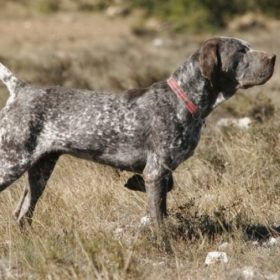 Burgos Pointer
Burgos Pointer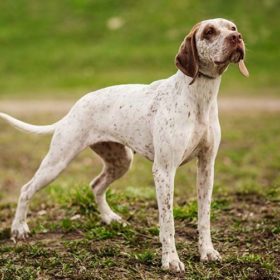 Braque du Bourbonnais
Braque du Bourbonnais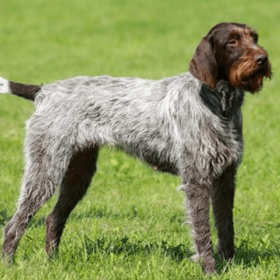 Český Fousek
Český Fousek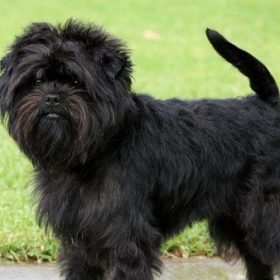 Affenpinscher
Affenpinscher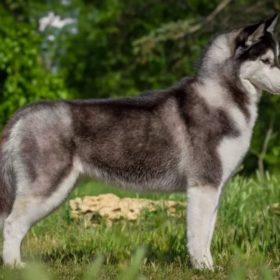 Jämthund
Jämthund